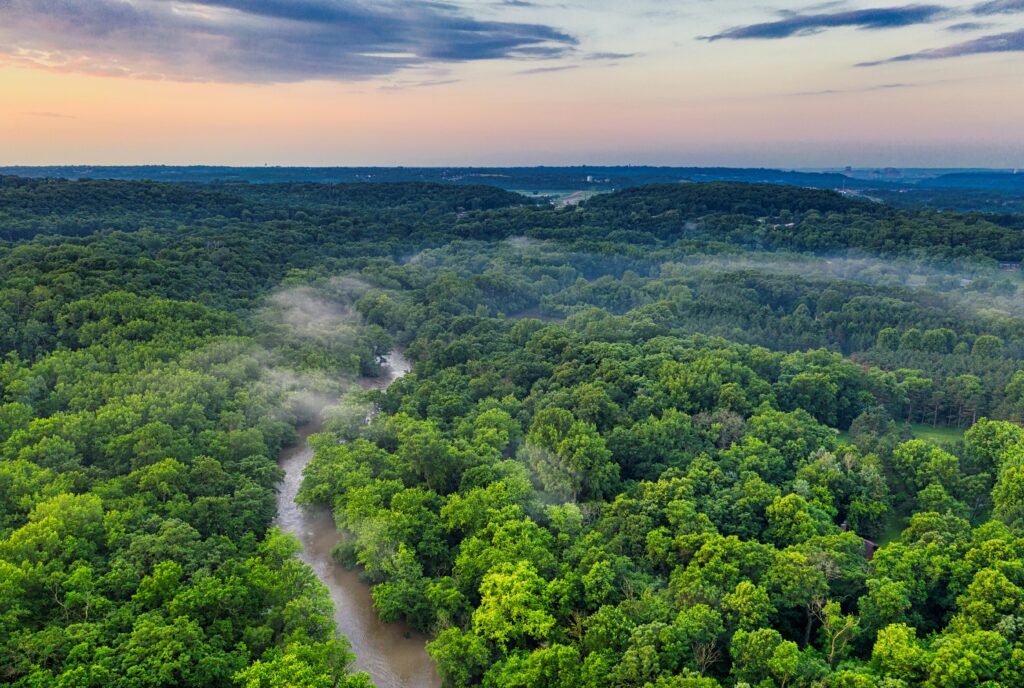Researchers have uncovered the remarkable properties of a natural fiber extracted from the stem of the Montrichardia linifera, commonly known as the “aninga” plant, found abundantly in the Amazon region. This discovery holds exciting implications for the development of sustainable, high-performance composite materials that could revolutionize industries like automotive and aerospace.

The study, led by a team of scientists, provides a comprehensive characterization of the aninga fiber, revealing its exceptional mechanical strength, thermal stability, and eco-friendly nature. With its high cellulose content and crystallinity, the aninga fiber outperforms many traditional natural fibers, making it a promising candidate for reinforcing polymeric composites. This breakthrough research not only showcases the untapped potential of Amazon’s diverse flora but also highlights the growing importance of adopting renewable and sustainable materials in the quest for a greener future. Natural fibers, cellulose, and composite materials are at the forefront of this exciting scientific endeavor.
Exploring the Aninga: A Versatile Plant from the Amazon
The Montrichardia linifera, commonly known as the “aninga,” is an aquatic macrophyte native to the Amazon region, thriving in the region’s diverse wetland ecosystems. This resilient plant, belonging to the Araceae family, has long been a part of the local ecosystem, serving as a food source for various animal species, including fish, turtles, and even the manatee. However, its true potential has only recently been uncovered through the groundbreaking research conducted by the team of scientists.
Unveiling the Fiber’s Exceptional Properties
The researchers employed a range of analytical techniques to thoroughly characterize the aninga fiber, including Fourier Transform Infrared Spectroscopy (FTIR), X-ray Diffraction (XRD), Scanning Electron Microscopy (SEM), and Thermogravimetric Analysis (TGA). The findings were remarkable:

– FTIR analysis confirmed the presence of key functional groups associated with cellulose, hemicellulose, and lignin, the primary components of natural fibers.
– XRD analysis revealed a high crystallinity index of 62.21%, indicating a highly crystalline cellulose structure within the fiber, which is crucial for mechanical strength and rigidity.
– SEM imaging showcased the fiber’s unique surface morphology, with grooves and a honeycomb-like structure, enhancing the mechanical anchoring and bonding with polymeric matrices.
– TGA analysis demonstrated the fiber’s exceptional thermal stability, with the ability to withstand temperatures up to 450°C before significant degradation occurred.
These exceptional properties, combined with the fiber’s high tensile strength (332 MPa) and elastic modulus (13,000 MPa), classify the aninga fiber as a high-performance natural material, surpassing the performance of many traditional natural fibers, such as jute and piassava.
Unlocking the Potential of Aninga Fibers in Composite Materials
The researchers further explored the application of the aninga fibers in the development of a unidirectional polymeric sheet, a critical step towards realizing their potential in composite materials. The sheet exhibited a tensile strength of 4.5 MPa and an elasticity modulus of 332.9 MPa, showcasing the fiber’s ability to reinforce polymeric matrices effectively.

Fig. 2
These findings have significant implications for the future of sustainable and high-performance composite materials. The aninga fiber’s exceptional properties, combined with its renewable and eco-friendly nature, make it a highly attractive alternative to traditional synthetic fibers used in industries such as automotive, aerospace, and construction.
Tapping into the Amazon’s Treasure Trove
The discovery of the aninga fiber’s potential is a testament to the untapped wealth of the Amazon region’s diverse flora. This research highlights the importance of continued exploration and scientific investigation of the region’s natural resources, which hold the promise of revolutionizing various industries and contributing to a more sustainable future.

Fig. 3
As the global community grapples with the pressing need for environmentally-friendly solutions, the aninga fiber emerges as a shining example of how nature can provide the answers we seek. By harnessing the unique properties of this Amazon-native plant, researchers have opened the door to a new era of sustainable composite materials, paving the way for a greener and more innovative future.
Towards a Sustainable Future
The potential of the aninga fiber extends beyond its immediate applications in composite materials. This research also underscores the importance of preserving and protecting the Amazon’s fragile ecosystems, which harbor a wealth of untapped natural resources that could hold the key to solving some of the world’s most pressing challenges.

Fig. 4
As the scientific community continues to explore the wonders of the Amazon, the aninga fiber story serves as a powerful reminder of the symbiotic relationship between human progress and environmental stewardship. By embracing the sustainable and renewable properties of natural materials like the aninga fiber, we can collectively strive towards a future where innovation and ecological harmony go hand in hand.
Author credit: This article is based on research by Jucelio Lima Lopes Junior, David Rodrigues Brabo, Everton Leandro Santos Amaral, André Wilson da Cruz Reis, Cristine Bastos do Amarante, Carmen Gilda Barroso Tavares Dias.
For More Related Articles Click Here
